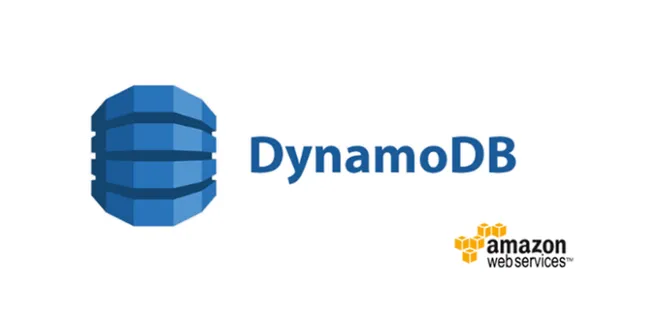DynamoDB
Amazon DynamoDB is a fully managed NoSQL database service provided by Amazon Web Services (AWS). It is designed to deliver high performance, scalability, and reliability, making it suitable for applications that require low-latency data access. Unlike traditional relational databases, DynamoDB uses a key-value store model, where data is organized as key-value pairs rather than tables, rows, and columns. This flexibility allows developers to build applications that can handle large volumes of data and traffic without the complexities of database management. With features like automatic scaling and built-in security, DynamoDB is an excellent choice for modern application development.

Making DynamoDB Access Easy in NodeJS with ORM
As DynamoDB is a NoSQL key-value storage it presents a lot of issues when working in a team. There is a lot of scope of errors in the syntax of how we interact with the database. We needed a…
📚 Read more at Level Up Coding🔎 Find similar documents

Python meets DynamoDB
“How to create tables, put items, query, scan, and delete tables in AWS using Python” Here we are with another fun project for everyone to try. In this article, we will be using Python and the Boto3 m...
📚 Read more at Python in Plain English🔎 Find similar documents

DynamoDB Library with NodeJS
The goal of this story is to show useful functions that can help you to solve common problems arising when dealing with DynamoDB by explaining the library that helped me in different projects and…
📚 Read more at Level Up Coding🔎 Find similar documents

DynamoDB, Expressions, and Go
Using single-table design principles and AWS SDK for Go to create efficient and maintainable code to work with AWS DynamoDB Photo by Jantine Doornbos on Unsplash Recently, I maintained Go code that h...
📚 Read more at Better Programming🔎 Find similar documents

AWS’s DynamoDB and How does it work?
In this blog, I will be exploring DynamoDB as a service, how does it work, and some important concepts to know before getting started with it.
📚 Read more at Analytics Vidhya🔎 Find similar documents

DynamoDB: 5 specific ways to supercharge your database design
Credit Digital Cloud Training So you’ve started working on your first serverless application, you know a thing or two about designing back-end applications but have worked with things like Express, or...
📚 Read more at Level Up Coding🔎 Find similar documents

Performing Operations on a DynamoDB with Python
How to create tables, load data, perform operations, and query/scan tables in AWS DynamoDB by using Python and Boto3 library. Amazon DynamoDB (DDB) is a NoSQL, serverless database. This means it is a...
📚 Read more at Python in Plain English🔎 Find similar documents

AWS DynamoDB Global Secondary Indexes
Extend your access patterns with ease Photo by Cookie the Pom on Unsplash We all are very familiar with the Relational Database Systems. We know how to work with them. What are the best practices, an...
📚 Read more at Better Programming🔎 Find similar documents

Elevating DynamoDB Operations in Python with PynamoDB
Navigating through the intricacies of AWS DynamoDB can be daunting, especially when you aim for code that’s both efficient and easy to maintain. This is where PynamoDB, a Pythonic ORM for DynamoDB, st...
📚 Read more at Python in Plain English🔎 Find similar documents

Tips to Design a DynamoDB Table
My tips and tricks to design a DynamoDb Table Efficiently and easily Photo by Jan Antonin Kolar on Unsplash What is DynamoDB? Amazon DynamoDB is a fully managed, serverless, key-value NoSQL database ...
📚 Read more at Better Programming🔎 Find similar documents

Parallel DynamoDB loading with Lambda
I recently read a very interesting blog post (linked below) that talked about a solution for loading large amounts of data into DynamoDB very quickly. Inspired by this, I thought “I’m going to build…
📚 Read more at Analytics Vidhya🔎 Find similar documents

Storing Hierarchical Data in DynamoDB
Recently, I created an application that required storing tree structures in DynamoDB. While I was able to find a few articles on ways to do this, I couldn’t find any documentation on a solution that…
📚 Read more at Analytics Vidhya🔎 Find similar documents

